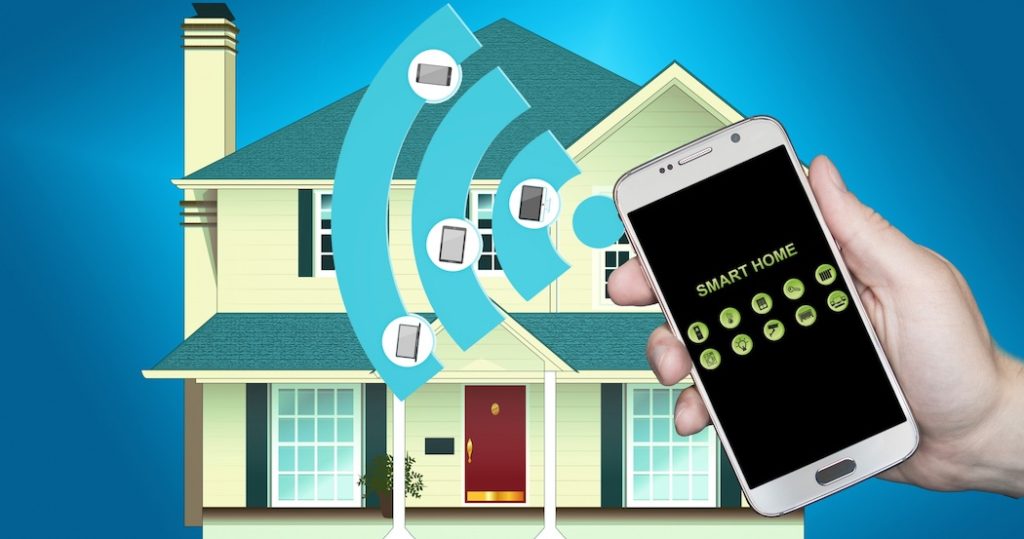Should You Invest In A ‘Smart Home?’ — The Pros And Cons To An Automated Home

If you’re buying or renting in the Bay Area, odds are, your home was built before the tech revolution. Still, we live in the hotbed of technology, and even if your home was built in the 20th, or even 19th Century, you can smarten it up with some gadgets that are guaranteed to make your life more convenient. Do you want to have a smart home, though?
Smart homes definitely have their advantages. Let’s go through just a few:
You Can Save Money
Smart Homes allow you to automatically set thermostat and other energy-hogging appliances, and lights to turn off, and on at certain times. Set your sprinkler’s timer to avoid overwatering your lawn. If you’ve been known to leave your stove on, you can turn it off remotely.
You Can Keep an Eye on Children and Pets
Smart locks can tell you that your teenagers arrived home or that your pet sitter actually spent an hour with your dog. Cameras let you keep an eye on your pooches while you’re gone.
They’re Convenient
You can set your coffee maker so you have fresh, piping hot brew when you wake up in the morning. You can even unlock your dog’s doggie door so she won’t wake you up on Saturday morning. Smart locks let you open the door when your hands are filled with groceries.
They Give Added Security
You can automatically set your alarm and watch what’s happening in your home. Is there a package thief in your neighborhood? Catch the scoundrel red-handed with a smart camera. Remotely turn on lights, to make it look as if you’re home. You can even raise and lower smart blinds from a phone app.
They also have their downsides, though, and for some, the downsides prove to be just too much.
They’re Expensive
Like most technology, the cost of smart homes has been going down in recent years, but still, you can expect to spend a couple thousand dollars, plus a monthly subscription fee for a fully wired home. That includes a security system with cameras, lighting, doorbell, locks, and thermostat. Expect to spend a lot more if you include smart appliances. USA Today has some recommendations.
They’re Complicated
Unless you make your living wiring electronics, you might find that you’re in over your head when you try to wire your smart home. Most people end up hiring a pro, which can add another couple hundred dollars.
Compatibility
The smartest homes are all controlled from one app, but that can get pricy. Many people use several, incompatible apps to control their individual devices. You can invest in smart home hub, so you can rely on just one app, your command center, so to speak.
There are Security Issues
Perhaps the biggest potential drawback to smart homes are the security issues. Most smart homes have virtual assistants, which are super convenient when you’re, say, in the kitchen, and realize you need dish soap, or when your hands are full and you want to unlock the door for your neighbor. Those virtual assistants come with a load of baggage, though. They are designed to listen in to your conversations, and you might find yourself barraged with seemingly random, but not so random, advertising. If, for example, you and your spouse talk about that hot rod that roars up and down your street, you might see ads for muscle cars next time you open your computer’s browser.
No system is glitch-free. There have been stories of virtual assistants sending emails or texts to people who were mentioned in conversation. There are also stories of assistants automatically ordering items.
Some even believe that smart home devices can be used one day to spy on us.
The Compromise
Some compromise with a modified smart home. Virtual assistants are handy, and make smart homes much more centralized, but they aren’t a necessity for most features. Smart locks can work independently, as can programmable thermostats, window treatments, and security systems. It’s just so much easier to ask Siri or Alexa to do it for you.